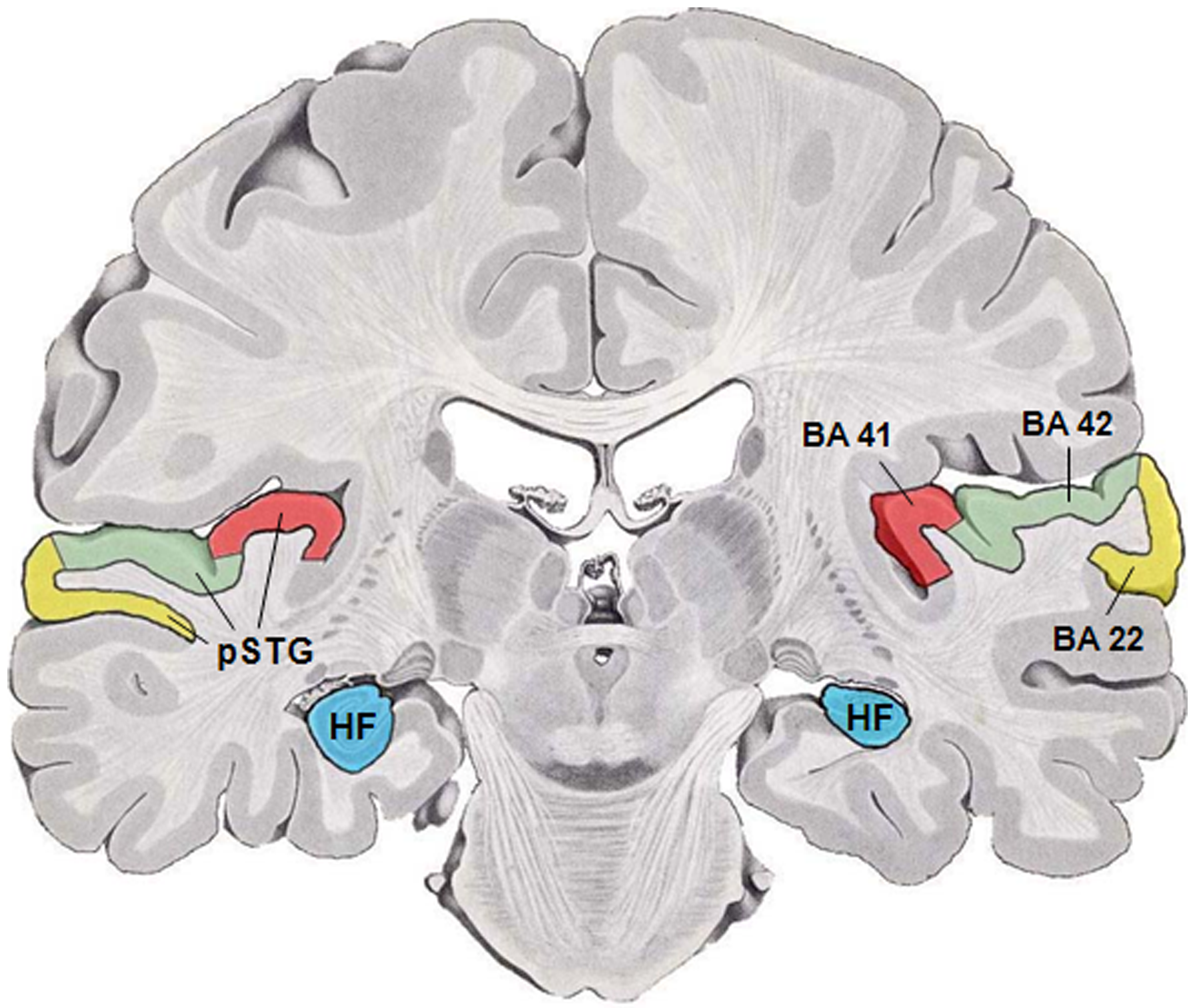Operculum (brain) on:
[Wikipedia]
[Google]
[Amazon]
 In
In
Witelson's measurement
/ref>
 In
In human brain
The human brain is the central organ (anatomy), organ of the nervous system, and with the spinal cord, comprises the central nervous system. It consists of the cerebrum, the brainstem and the cerebellum. The brain controls most of the activi ...
anatomy, an operculum (Latin, meaning "little lid") (: opercula), may refer to the frontal, temporal, or parietal operculum, which together cover the insula as the opercula of insula. It can also refer to the occipital operculum, part of the occipital lobe
The occipital lobe is one of the four Lobes of the brain, major lobes of the cerebral cortex in the brain of mammals. The name derives from its position at the back of the head, from the Latin , 'behind', and , 'head'.
The occipital lobe is the ...
.
The insular lobe is a portion of the cerebral cortex that has invaginated to lie deep within the lateral sulcus
The lateral sulcus (or lateral fissure, also called Sylvian fissure, after Franciscus Sylvius) is the most prominent sulcus (neuroanatomy), sulcus of each cerebral hemisphere in the human brain. The lateral sulcus (neuroanatomy), sulcus is a deep ...
. It sits like an island (the meaning of ''insular'') almost surrounded by the groove of the circular sulcus and covered over and obscured by the insular opercula.
A part of the parietal lobe, the frontoparietal operculum, covers the upper part of the insular lobe from the front to the back. The opercula lie on the precentral and postcentral gyri
In neuroanatomy, a gyrus (: gyri) is a ridge on the cerebral cortex. It is generally surrounded by one or more sulcus (neuroanatomy), sulci (depressions or furrows; : sulcus). Gyri and sulci create the folded appearance of the brain in huma ...
(on either side of the central sulcus
In neuroanatomy, the central sulcus (also central fissure, fissure of Rolando, or Rolandic fissure, after Luigi Rolando) is a sulcus, or groove, in the cerebral cortex in the brains of vertebrates. It is sometimes confused with the longitudinal ...
).
The part of the parietal operculum that forms the ceiling of the lateral sulcus functions as the secondary somatosensory cortex.
Development
Normally, the insular opercula begin to develop between the 20th and the 22nd weeks of pregnancy. At weeks 14 to 16 offetal development
Prenatal development () involves the development of the embryo and of the fetus during a viviparous animal's gestation. Prenatal development starts with fertilization, in the germinal stage of embryonic development, and continues in fetal deve ...
, the insula begins to invaginate from the surface of the immature cerebrum of the brain, until at full term
Pregnancy is the time during which one or more offspring gestates inside a woman's uterus. A multiple pregnancy involves more than one offspring, such as with twins.
Conception usually occurs following vaginal intercourse, but can also ...
, the opercula completely cover the insula. This process is called opercularization.
Case reports
Albert Einstein's brain
Opinions differ on whether Albert Einstein's brain possessed parietal opercula. Falk, et al. claim that the brain actually did have parietal opercula, while Witelson et al. claim that it did not. Einstein's lower parietal lobe (which is involved in mathematical thought, visuospatial cognition and imagery of movement) was 15% larger than average./ref>
See also
* Circular sulcus of insula * Sulcus lateralisNotes
References
* * {{Cerebral cortex Cerebrum Albert Einstein